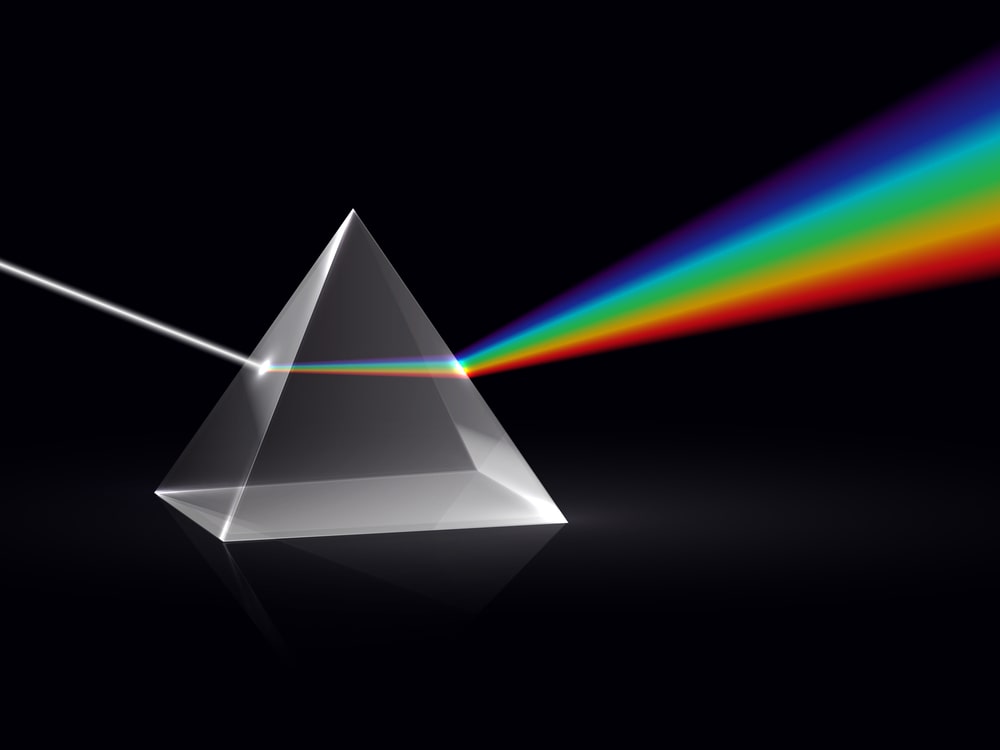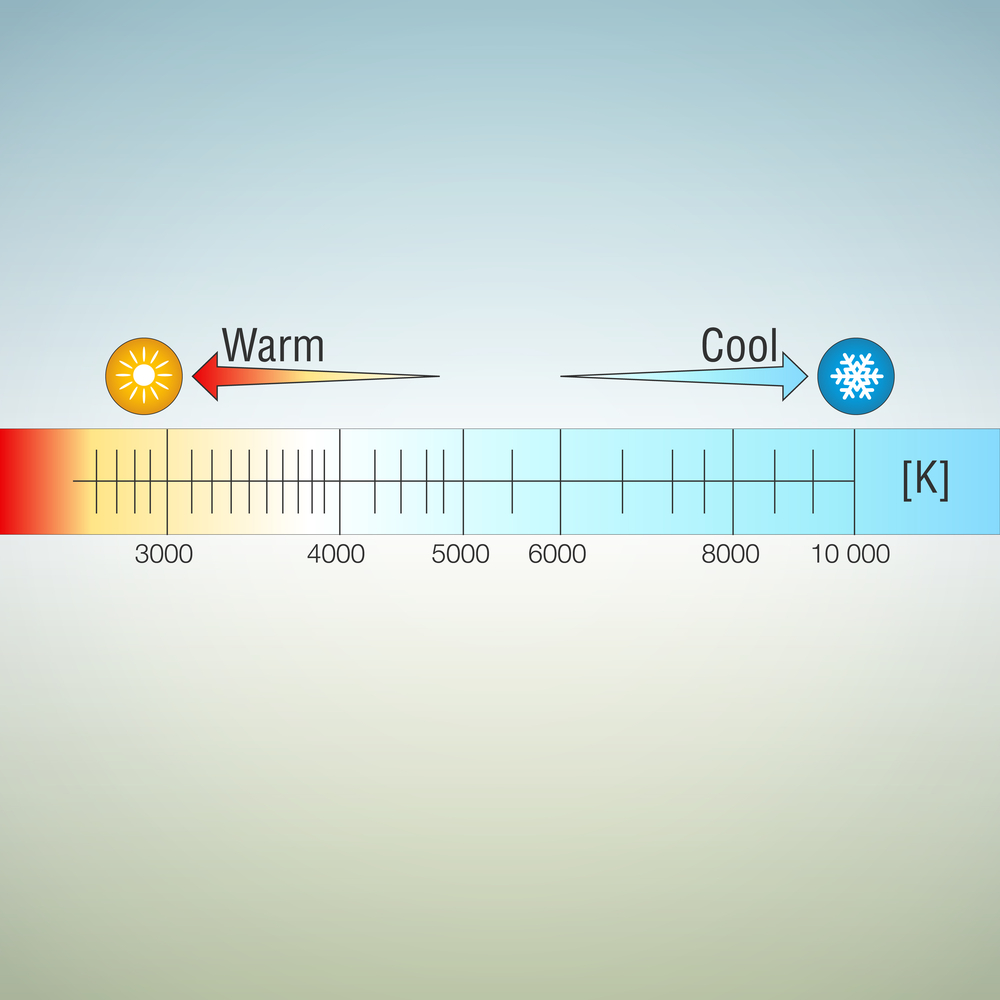
How Office Light Color Can Build or Break Your Business
Have you ever noticed how certain lights make things look different? Take a hair salon, for example. The stylist dyes your hair and it looks great in the salon, but when you go outside, it’s a completely different color! That isn’t bad styling— but it might be caused by bad lighting. Here’s an in-depth review of the Color Rendering Index and how it might affect your business.
Visible Color and Light Color: The Basics

You may remember this from school-age science classes, but what we perceive as white light is actually all the visible colors of light mixed together. Natural light sources, like the sun, produce all these colors, as shown through any prism, while artificial light sources often emit only a few colors. The color we perceive in objects depends on the colors absorbed and reflected by the object, so objects unable to absorb the usual spectrum of light will appear a different color than usual.
Keeping Track of Color: The Color Rendering Index

The Color Rendering Index is a measurement of light’s effect on colors. It measures how many of the usual colors emitted by white light are emitted by a given light source. Light sources that are very similar to full-spectrum natural light have a high CRI rating, up to 100. Lights that lack certain colors and aren’t full-spectrum have a low CRI rating, somewhere below 70.
How CRI Affects Business

Having high CRI lights in your place of business can be extremely important, especially when perception and image is at stake. Businesses such as hair or nail salons, art galleries, car dealerships, and photography studios must be especially careful to install high CRI lights. If a customer invests in a product, hair color, car, or anything else color-dependent, only to find out that it isn’t what they originally saw… That unhappy customer poses a risk to your reputation and future business.
Low CRI lights aren’t defective or universally undesirable, but they do have specific uses. You may see low CRI lights in street lamps, light posts, or stadium lights.
Another Note: Color Rendering Index vs Kelvin Scale
Because color and light have a huge impact on our perceptions and opinions, CRI isn’t the only way to rank a light’s quality. While the CRI measures how a light affects an object’s color, the Kelvin scale measures the color of the light itself, providing the correlated color temperature (CCT) of the light source. Oftentimes CCT and CRI get confused with one another, but they’re just different measurements of light quality that are relevant to different situations.
Don’t Stress- Just Check the Package

Now that we’ve learned what CRI and CCT are, let’s imagine you’re picking out a lightbulb. Each package should tell you the CRI and CCT ratings for the bulb, and you may see some common trends. Typically, high CRI lights are also fairly high in CCT. For example, a light bulb that emits light at 2700K (warm light) usually has a lower CRI (less true color) than that of a 4000K light bulb (blueish light) with a higher CRI (truer object color). This is not always the case, but it is common.
If you have doubts about selecting the right bulbs for your business, or any other questions, our lighting experts at Lit Living are here to help. Reach out to us and we’ll make sure your business puts its best foot, and best color-quality lighting, forward!
